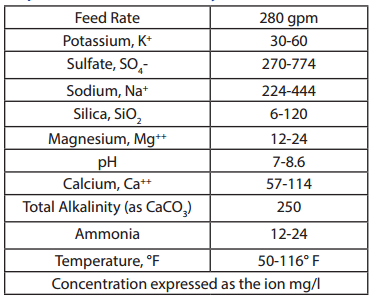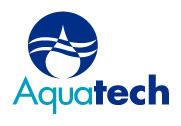The Facility
Panda Energy’s power plant located in Brandywine, Maryland is a cogeneration facility that produces electricity by using gas and steam turbines.
Project Overview
The objective of Panda Energy was to achieve Qualified Facilities (QF) status at their Maryland location. To achieve this, they had to produce distilled water using the steam from the power generating equipment. Tender documents were prepared which specified using cooling tower blowdown as feed to the evaporator. Based on the feed and distilled water flows, the cooling tower blowdown was to be concentrated six (6) times in the evaporator with calcium salts/silica precipitating. This would have required the evaporator to run in a seeded slurry mode which can be difficult to operate.
Scope of Service
Since the primary goal was to produce distilled water using steam, the evaporator was considered to be a “steam host” – not a cooling tower blowdown concentrator. Aquatech proposed alternative approach was to offer our patented Spray-Film evaporator which used cooling tower circulating water as the feed source to produce distilled water. This design allowed the concentration factors to be kept low to avoid silica and calcium salt scaling. This approach has the following benefits:
The need for calcium chloride addition and installation associated equipment can be eliminated.
A feed deaerator is not required because the spray-Film design incorporates this function, resulting in appreciable dollar savings. The evaporator operates at a low concentration factor, resulting in a higher distilled water production per each square foot of heat transfer surface. This also reduces scaling and corrosion potential. The plant described is easily installed because all interconnected piping, automatic controls, insulation and electrical wiring are integral parts of the packaged evaporator skids. There are a minimum number of piping and electrical connections required upon installation. The system is easily operated and requires minimum attention by the operator. Installation of the evaporator was May 1996 and commissioning was September 1996.
Design Water Analysis


